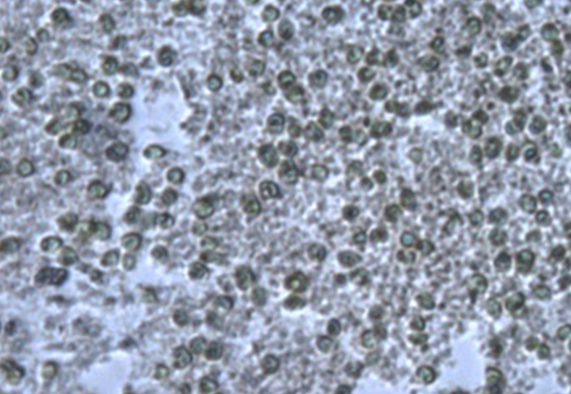Project description
Trait-based approaches have become very common in biodiversity research. Most studies, however, focus on inter-specific trait variations (driven by species composition), thus overlooking how intra- specific elements of trait variability (genotypic and phenotypic) affect the community structure and the resulting ecosystem functions. This project combines mathematical modelling with laboratory experiments to quantify the relative impacts of intra- and inter-specific trait diversity on the community structure and functioning of marine planktonic communities.
We plan to perform experiments of natural community assemblages and mixtures of selected clones at different nutrient and grazing regimes, and in small (flasks) and large-scale (mesocosms) experimental settings. In parallel, we plan to develop an individual-explicit trait- based model that captures inter- and intra-specific variations of size diversity.
With this synergistic approach we hope to shed new light on the relevant mechanisms (shifts in species composition versus genotypic and phenotypic variations) shaping biodiversity and ecosystem function relationships in the tropics.
Project Partners |
|---|
|
Prof. Dr. Helmut Hillebrand (Helmholtz Institute for Functional Marine Biodiversity, Oldenburg) Dr. Maren Striebel (Helmholtz Institute for Functional Marine Biodiversity, Oldenburg) |





